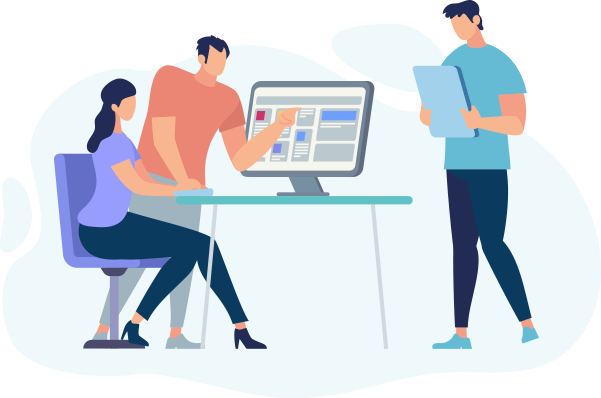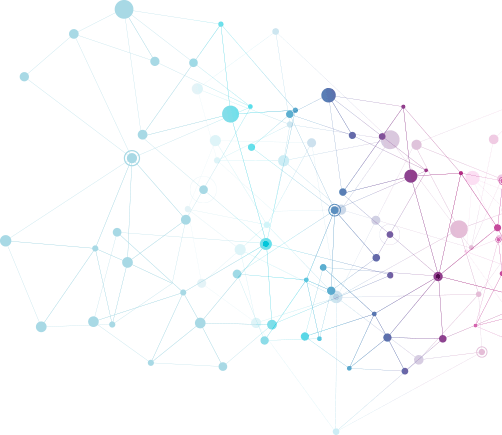Saas
Customers often use a thin client, such as an internet browser, to communicate with SaaS programmers. SaaS applications include things like office programming, reporting, financial planning, DBMS programming, board programming, CAD programming, improvement programming, gamification, configuration management, bookkeeping, collaboration, client relationship management (CRM), board data frameworks (MIS), and undertaking asset management. Service Programs will benefit your clients since they may reduce risk, repair costs, and product downtime. The Zaven system allows you to provide and manage Service Programs. Zaven Service Contracts allows you the power and freedom to design programmers that are specific to your company, products, and client needs. Merchants' ability to provide considerable value using on-premises code is a primary driver of SaaS development. This is consistent with the most common reason for repurposing IT frameworks, which is to apply economies of scale to application activities, i.e., an external expert co-op may be able to build better, less expensive, and more reliable applications.







